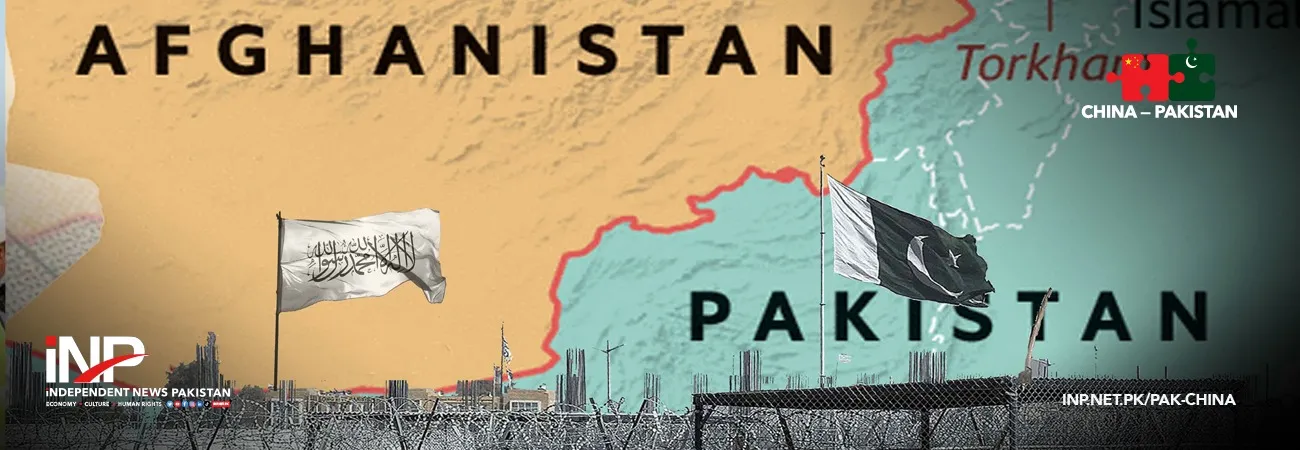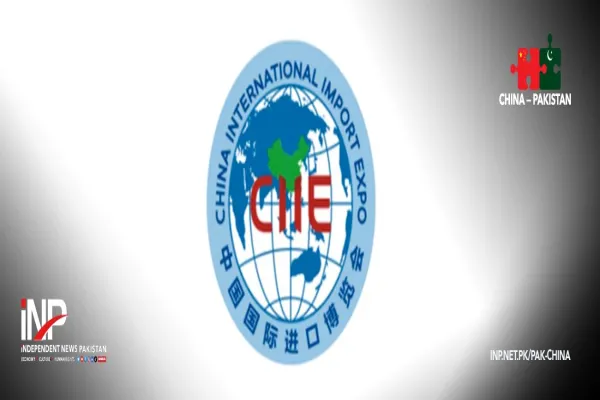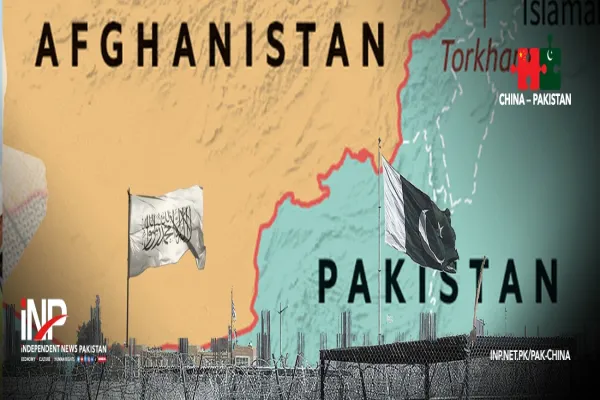i NEWS PAK-CHINA
Pakistan-Afghanistan confrontation is more than a bilateral dispute, as it might have a wide-ranging impact on regional level as well as affecting international peace as a whole. Stakeholders needed to sit together to set aside the raising conflict, lowering the temperature between the two sides. Regional analysts view the confrontation as more than a bilateral dispute.
The whole scenario should be looked into the background of Pakistan’s closer counter-terrorism coordination with the United States sits alongside its strategic and economic ties with China, including plans to extend connectivity through western corridors. The frontier’s stability will not be read without the lens of US–China competition and a reshaping of influence in Central Asia.
In this context, any perception of disproportionate force or legally ambiguous actions could complicate Islamabad’s diplomacy as well. It heartening to note that Pakistan and Afghanistan remain in a fragile calm after mid-October ground clashes and Pakistani airstrikes, including inside Afghanistan, were followed by a ceasefire mediated by Qatar and Türkiye and announced in Doha on the 19th of October. UN monitors urged “a lasting end to hostilities” after recording at least 18 killed and more than 360 wounded on the 16th of October.
The heaviest fighting was reported around Spin Boldak in Kandahar and parts of Paktika, underscoring how quickly the frontier can tip from skirmishes to wider confrontation. Torkham, the main Khyber Pass crossing linking Pakistan’s Khyber district with Afghanistan’s Nangarhar, has since been partially reopened to allow Afghan nationals to return. Pakistan resumed limited movement on the 1st of November to let stranded Afghans cross back under its repatriation plan, while commercial traffic remained shut.
Mediators said both sides agreed in Istanbul to keep the truce in place and to set up a mechanism to monitor and verify alleged ceasefire violations, including cross-border fire, incursions and support for militants. The consequences for non-compliance are to be decided at the next meeting on the 6th of November. Islamabad claims that the confrontation stemmed from militant attacks launched from Afghan soil and has tied any durable truce to Kabul taking action against the Tehreek-i-Taliban Pakistan.
“We have a ceasefire agreement as long as there is no violation,” Defence Minister Khawaja Muhammad Asif said on the 20th October, adding that the truce “hinges” on curbing attacks from across the border. In a later interview he warned that, if talks fail, Pakistan has the “option of open war.” The Taliban administration firmly denies harbouring anti-Pakistan militants. In Doha, spokesman Zabihullah Mujahid said “neither country will take hostile actions against the other” and that there would be no support for groups attacking Pakistan.
Reports indicate a high civilian toll inside Afghanistan. By 16th October, UNAMA reported that at least 18 people had been killed and more than 360 wounded. Most casualties were in Spin Boldak, where it is recorded that at least 17 civilians were killed and 346 injured. UNAMA also documented earlier casualties in Paktika, Paktia, Kunar and Helmand. The crisis has unfolded amid a wider geopolitical reshuffle since the end of the United States’ formal in-country presence in August 2021, following a 20-year war in Afghanistan that killed at least 176,000 people, including over 46,000 civilians.
Washington has since relied on “over-the-horizon counter-terrorism” from CENTCOM facilities in the Gulf while keeping working-level channels with Pakistan. The two countries reconvened their ‘Counterterrorism Dialogue’ in Islamabad on 12th of August, where they claimed to have “discussed cooperation to counter terrorist threats,” including information-sharing and terrorist-financing curbs, according to a joint statement. In parallel, discussions in regional forums about any renewed American presence inside Afghanistan, notably at Bagram, has met firm opposition.
At the 8th October “Moscow Format” meeting attended by Pakistan, India, China and others, participants said attempts by any country to deploy military infrastructure in Afghanistan or nearby states were “unacceptable,” a stance echoed by the Taliban’s public rejection of a U.S. return to Bagram. For border communities, the security impact has been immediate. Intermittent closures at key crossings have disrupted the movement of people and supplies, and local officials have reported spikes in emergency care as fighting intensified. (Write-up by Maham Tahir from UK).
Credit: Independent News Pakistan (INP) — Pak-China








